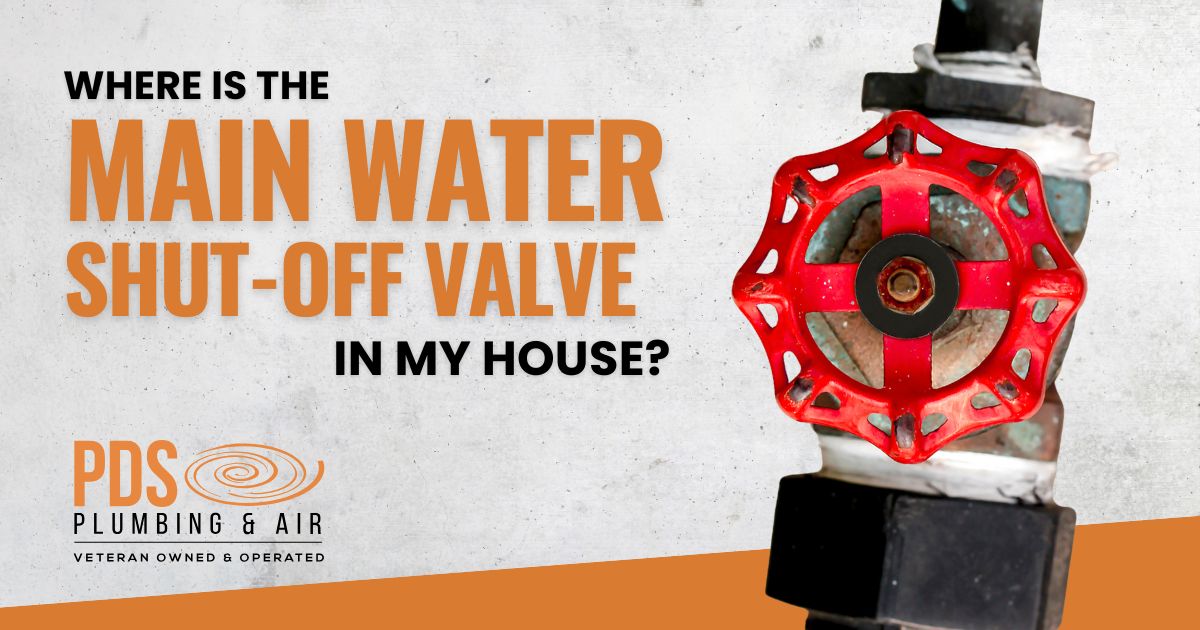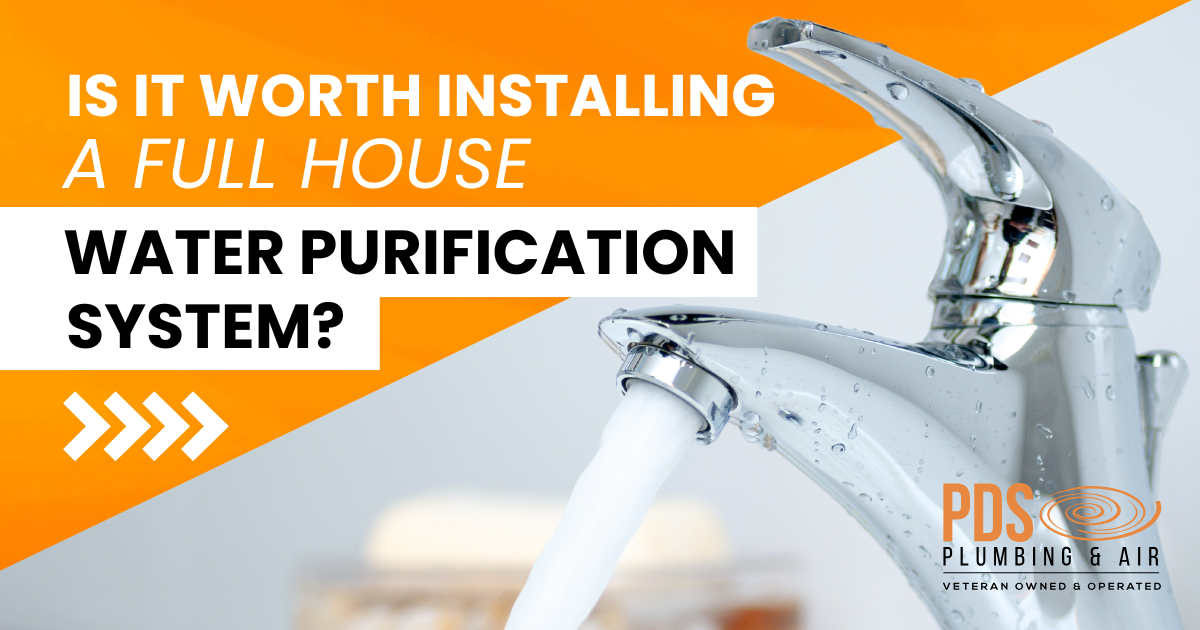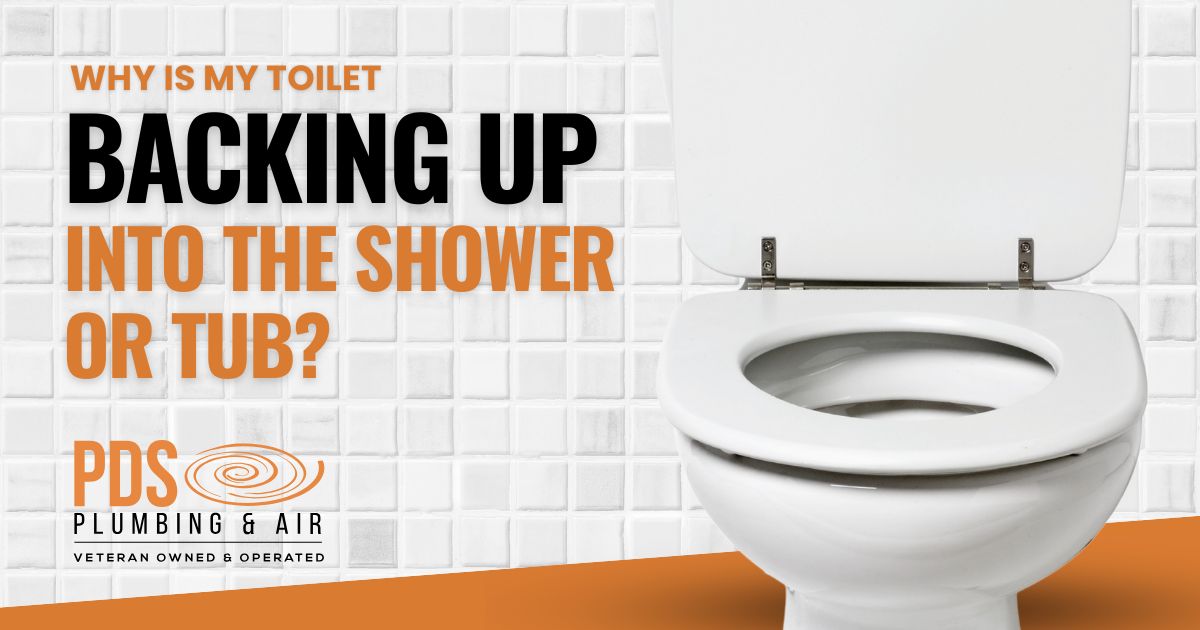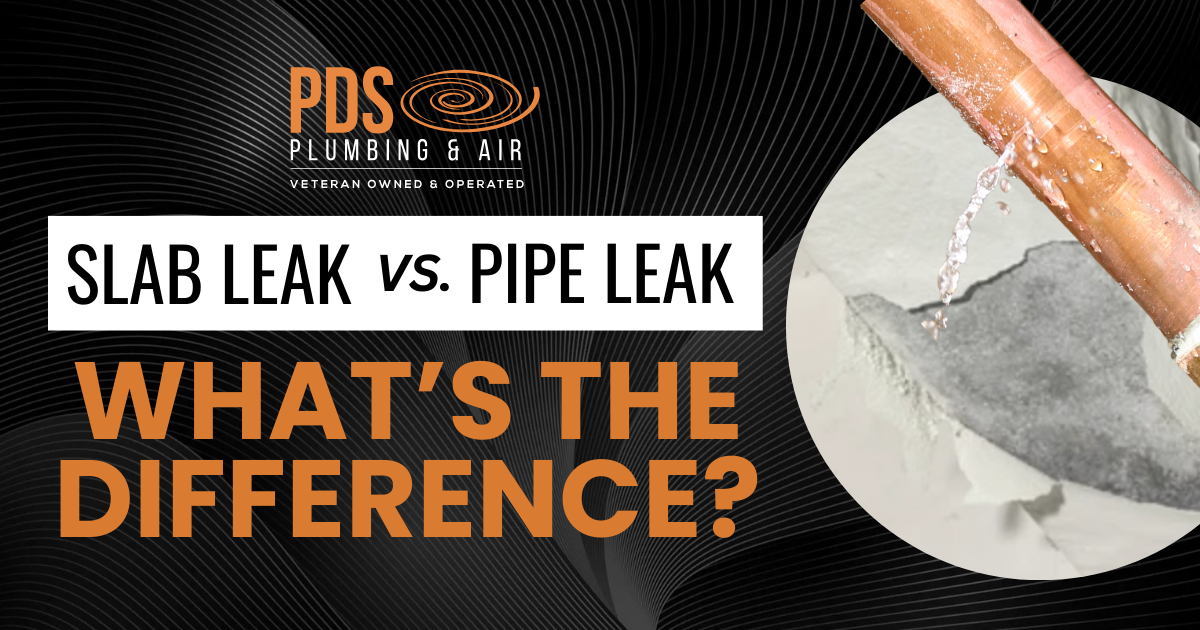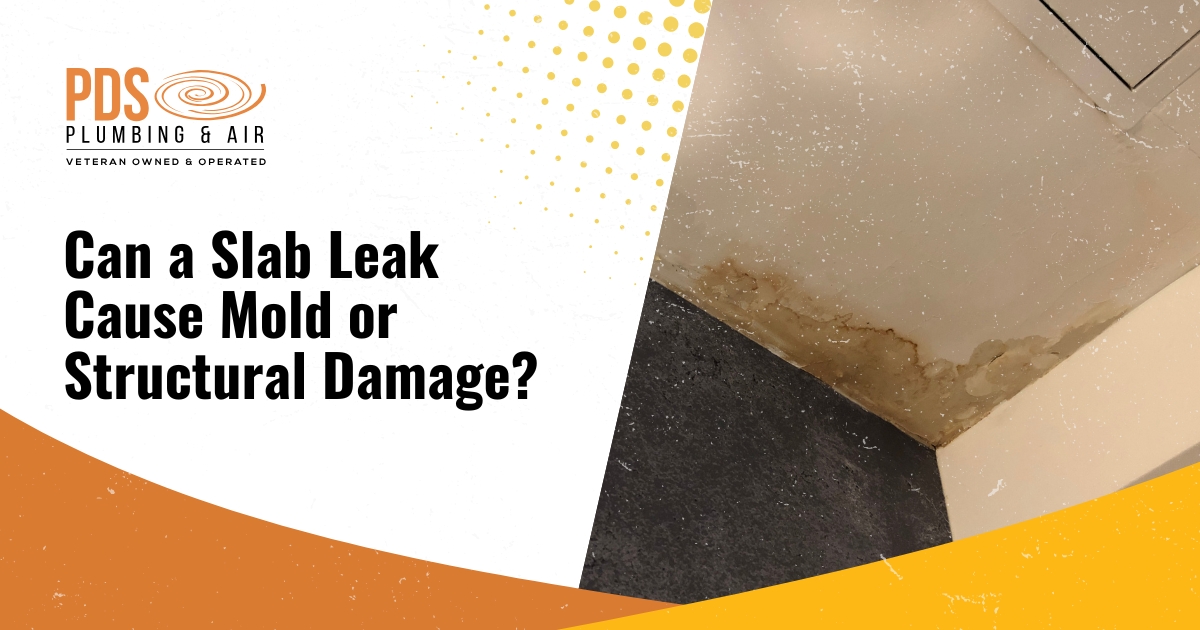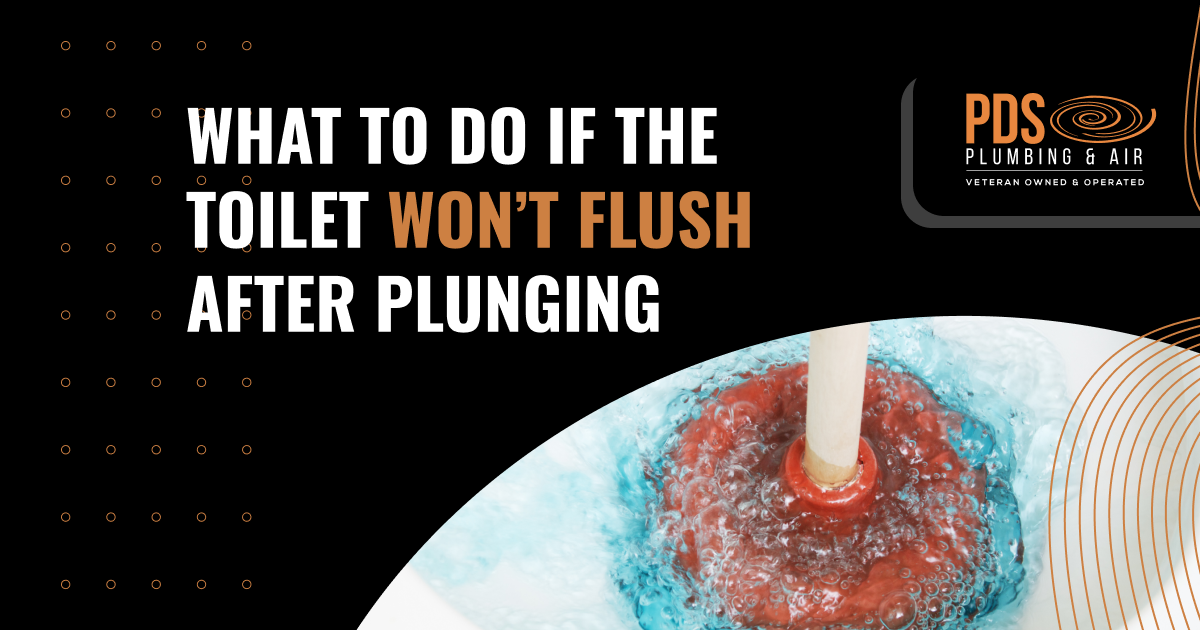
You’ve grabbed the plunger, applied pressure, and given it a few determined pushes — yet the water still refuses to drain. A clogged toilet that won’t flush even after plunging is one of the most frustrating home plumbing problems. Fortunately, a stuck toilet doesn’t always mean disaster. This guide will walk you through the next steps if your toilet won’t plunge, when to try DIY methods like a toilet auger or hot water solution, and when to stop and call in a professional plumber.
Why the Plunger Might Not Be Working To Unclog a Toilet
A plunger is great for most minor clogs, especially if the blockage is close to the drain opening. However, there are a few reasons why it might not be working in your case:
- Clog is too far down: Plungers work best for clogs near the toilet bowl or trap. However, a plunger won’t generate enough force to dislodge the obstruction in the pipe if it is deeper.
- Improper plunging technique: Effective plunging requires a tight seal over the drain and several strong, consistent thrusts. Using too little water in the bowl or not sealing the plunger properly can make your efforts ineffective.
- The clog isn’t just toilet paper: Items like baby wipes, sanitary products, or small toys can create stubborn clogs that don’t respond to plunging.
- Vent stack blockage: If your plumbing vent is blocked, it can prevent proper airflow, making it harder for toilets to flush. This usually requires professional attention.
If you’ve tried plunging for several minutes and the toilet won’t unclog or even flush, it’s time to try other methods.
Use Hot Water and Dish Soap as a Gentle Solution
Before using harsh chemicals or calling a plumber, try a gentler approach. Hot water and dish soap can work together to soften and loosen stubborn clogs, especially those caused by excessive toilet paper.
Here’s how to do it:
- Step 1: Squirt a generous amount of dish soap (about half a cup) into the toilet bowl.
- Step 2: Heat a pot of water to just below a boil. Avoid using fully boiling water, as extreme heat could crack the porcelain.
- Step 3: Slowly pour the hot water into the bowl from waist height to add some force.
- Step 4: Let it sit for 10–15 minutes. During this time, the soap helps lubricate the pipes, and the warm water softens the clog.
- Step 5: Try flushing again. If the water drains normally, the blockage may be cleared.
This method is safe, cost-effective, and especially useful if the clog is organic. It’s also a good method to try before reaching for caustic drain cleaners, which can damage your plumbing and the environment. Many homeowners find it surprisingly effective for minor slow drains and backups. If it doesn’t work the first time, give it another try before moving on to tools like an auger.
Try a Toilet Auger (Plumbing Snake)
So, how do you unclog a toilet when a plunger doesn’t work? A toilet auger — also known as a plumbing snake — is a more powerful tool designed to reach deeper into the toilet drain and dislodge tough blockages.
Here’s how to use one:
- Step 1: Insert the auger into the toilet bowl and aim the curved end into the drain opening.
- Step 2: Turn the handle clockwise to feed the cable into the drain. As the auger moves through the pipe, it will either break up the clog or hook it so you can pull it out.
- Step 3: Pull the auger out slowly and carefully. Be ready with paper towels or a trash bag to dispose of any material that comes out.
- Step 4: Flush the toilet to check if the water now drains properly.
Toilet augers are affordable and available at most hardware stores. They’re a great next step if the plunger is not working and can often save you from making a service call. If you need to call a plumber, PDS offers emergency plumbing and drain cleaning services.
Avoid These DIY Mistakes That Can Make It Worse
When faced with a stubborn clog, it’s easy to panic or get frustrated. But rushing into the wrong DIY solutions can turn a small problem into a bigger — and costlier — one.
Avoid these common mistakes:
- Using chemical drain cleaners: These may offer a temporary fix, but they can corrode your toilet’s pipes over time and even worsen certain clogs. They’re also dangerous to handle.
- Flushing repeatedly: Repeated flushing when the toilet won’t drain properly can cause an overflow, leading to messy cleanup and potential water damage.
- Improvising with the wrong tools: Shoving a coat hanger or stick down the toilet can damage the porcelain or push the clog further down.
- Ignoring recurring clogs: If your toilet clogs frequently, the issue might be deeper in your plumbing system — such as a blocked sewer line or poorly vented drain — and needs professional assessment.
Also, never try to dismantle the toilet without proper knowledge. Removing fixtures can cause leaks or even break parts of the system. When in doubt, take a step back and consider whether a trained plumber can solve the issue faster and more safely than a risky DIY attempt.
Taking a methodical approach and knowing when to stop can save you both time and money.
When to Call a Plumber for a Stubborn Clog
If you’ve tried plunging, snaking, and the hot water method without success, it’s time to call a professional.
Here are some signs that it’s best to get expert help:
- The toilet backs up into other drains (like the shower or sink), suggesting a main sewer line blockage.
- You hear gurgling noises from other fixtures when the toilet is flushed.
- The clog keeps returning, no matter how many times you fix it.
- You suspect a non-flushable object (like a child’s toy or hygiene product) is causing the clog.
Professional plumbers have access to motorized augers, hydro-jetters, and camera inspection tools that allow them to locate and safely remove even the most stubborn blockages. They can also check for underlying issues like pipe damage, root infiltration, or outdated plumbing.
A licensed plumber can solve the immediate problem and provide advice on preventing future blockages. This might include recommendations for pipe repairs, upgrading older plumbing, or best practices for toilet use (like avoiding “flushable” wipes).
While a service call may seem costly upfront, it often prevents much more expensive repairs down the road, especially if water damage or sewer backups are at stake. While it might cost more upfront, calling a plumber can ultimately save you money, stress, and potential property damage.
Call PDS Plumbing
Some clogs are beyond a homeowner’s reach and require professional plumbing tools and expertise. If you’ve exhausted your options and the toilet still won’t flush, or if you notice symptoms of a bigger problem, don’t hesitate to call PDS Plumbing.



